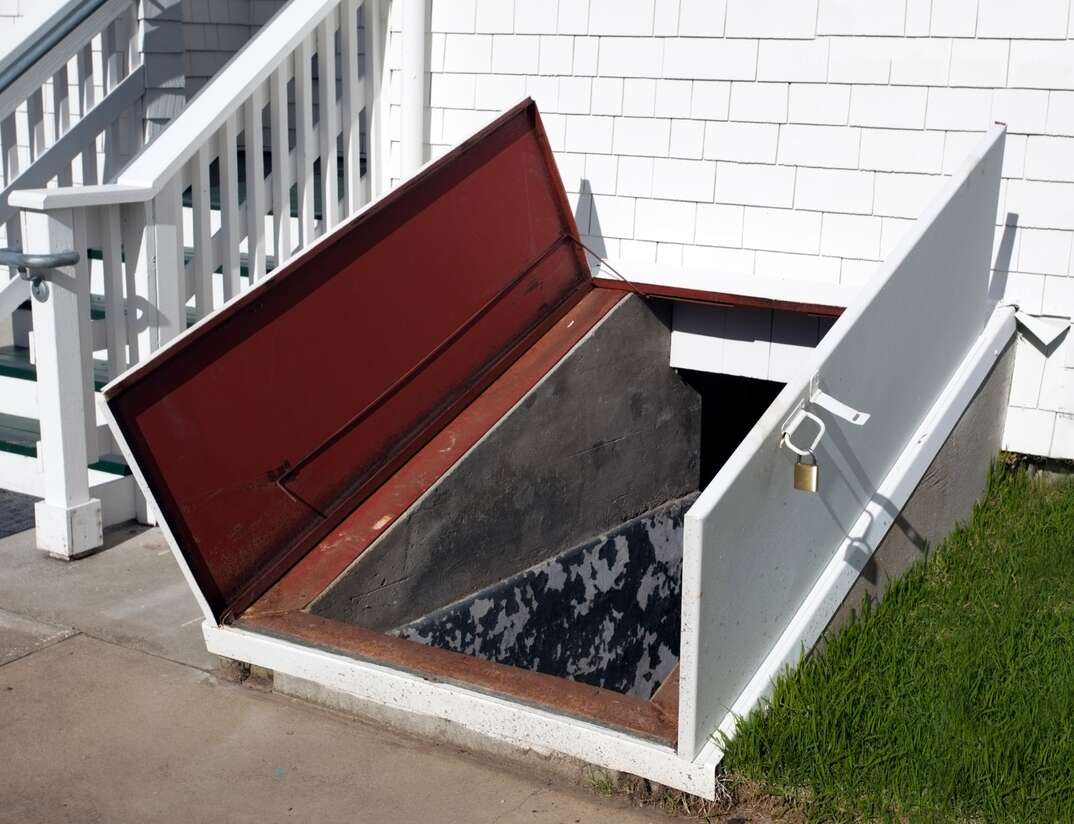How much does a tornado shelter cost?
If you live in an area prone to tornadoes, investing in a tornado shelter can provide you and your loved ones with peace of mind and protection against severe weather conditions. But before you decide to install a tornado shelter, it’s important to understand the costs involved. In this article, we will break down the factors that influence the cost of a tornado shelter and provide you with insights to help you make an informed decision.
The cost of a tornado shelter can vary depending on several factors, including the type of shelter, its size, materials used, and additional features. Let’s explore each of these factors in detail.
Type of Shelter
There are different types of tornado shelters available, including above-ground and below-ground options. Above-ground shelters, also known as safe rooms, are typically constructed with reinforced concrete or steel and can be installed in existing structures such as basements or garages. These shelters are generally more cost-effective and easier to install compared to below-ground shelters.
Below-ground shelters, on the other hand, are designed to be installed underground, either in your backyard or within your home’s foundation. These shelters provide superior protection against strong winds and flying debris but tend to be more expensive due to the excavation and construction involved.
Size of the Shelter
The size of the tornado shelter is another crucial factor that impacts the overall cost. Tornado shelters come in various sizes, ranging from small shelters that can accommodate a few individuals to larger ones that can house an entire family.
The size you choose depends on the number of people who will be using the shelter and the amount of space you have available. Keep in mind that larger shelters will generally cost more due to the increased materials and labor required for construction.
Materials Used
The materials used in the construction of the tornado shelter also play a significant role in determining its cost. For above-ground shelters, options like steel and reinforced concrete are commonly used due to their strength and resilience.
Below-ground shelters may utilize materials such as concrete, fiberglass, or steel. Each material has its own pros and cons, with concrete being the most durable but also the most expensive.
Additional Features
When considering the cost of a tornado shelter, it’s important to factor in any additional features you may want to include. These features can range from ventilation systems and lighting to emergency communication devices and backup power supplies.
While these features can add to the overall cost, they also offer increased safety and comfort during emergencies. It’s essential to evaluate your specific needs and budget when deciding which additional features are worth the investment.
Frequently Asked Questions
Now that we’ve covered the main factors that impact the cost of a tornado shelter, let’s address some frequently asked questions to further clarify this topic.
Q: Can I get financial assistance to cover the cost of a tornado shelter?
A: Some states offer financial assistance programs for tornado shelter installation, particularly in areas prone to severe tornadoes. Additionally, some homeowners’ insurance policies may cover a portion of the shelter’s cost. It’s advisable to check with your local government and insurance provider to see if you qualify for any assistance.
Q: How long does it take to install a tornado shelter?
A: The installation time for a tornado shelter depends on various factors, including the type of shelter and its size. Above-ground shelters can typically be installed within a few hours to a couple of days. Below-ground shelters, on the other hand, may require several weeks for excavation and construction.
Q: Do tornado shelters require maintenance?
A: Tornado shelters, especially below-ground shelters, should be inspected regularly to ensure they remain in good working condition. Common maintenance tasks include checking for cracks in the walls, cleaning vents, and testing emergency devices. It’s essential to follow the manufacturer’s guidelines for maintenance to ensure the shelter’s integrity and functionality.
Final Thoughts
Investing in a tornado shelter is a proactive step towards protecting yourself and your loved ones from the destructive forces of tornadoes. While the cost of a tornado shelter varies depending on several factors, it’s crucial to weigh the potential benefits against the investment.
Consider consulting with experts in tornado shelter installation to get accurate cost estimates based on your specific needs and location. Remember to factor in long-term maintenance costs and any available financial assistance programs. By doing so, you can make an informed decision that ensures the safety and well-being of your family in times of severe weather events.
